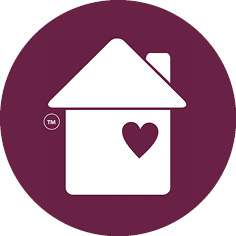A Moment of Reflection...
Think of a time when you were involved in or facilitated a collaborative approach that resulted in a successful outcome.
- Which of the tell tale signs of collaboration above were present in the process?
- What went well and what needed some adjusting?
Share your responses in the comments section at the bottom of this page.

